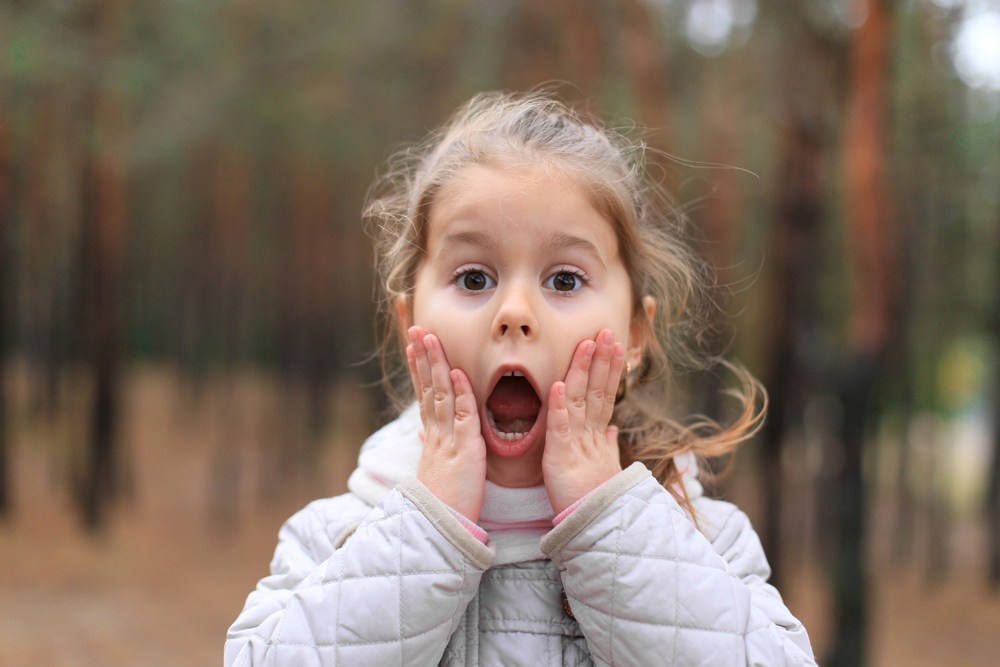
You encourage your child to brush their teeth twice a day, you help them floss and you take them for regular dental checkups and cleanings at the dentist. These are all incredibly important steps for keeping your kiddo’s smile healthy and cavity-free. Yet, there is one more preventative measure our Naperville pediatric dentists recommend and that’s fluoride treatments for kids.
In this post, the team at Innovative Pediatric Dentistry will cover:
- What is fluoride?
- Why is fluoride important?
- Is fluoride safe for kids?
- What is a fluoride treatment for kids and how does it work?
- What are the other sources of fluoride?
- When should kids get fluoride treatments?
What is Fluoride?
Fluoride is a naturally occuring mineral found in things, such as rocks, plants, oceans and groundwater. Because it’s a proven way to prevent tooth decay, it’s also commonly added to community water sources and dental products.
Why is Fluoride Important?
When children (or adults) eat or drink, the bacteria in the mouth feed on the sugars and starches and release acids that erode the protective layer of the teeth, known as the enamel. When the enamel breaks down, tooth decay, or cavities, can occur.
Fluoride penetrates the enamel, making it stronger and more resistant to acid attacks, and it can even reverse very early tooth decay. It also promotes remineralization, which is when minerals are redeposited into the enamel after the acids strip them away (demineralization).
In younger children who still have their baby teeth, fluoride gets incorporated into their developing permanent teeth. When the permanent teeth erupt, they’re less prone to cavities. In adults and older kids, fluoride hinders acid production and, as we said, helps with remineralization. This means fluoride can prevent cavities in people of all ages.
According to the Centers for Disease Control and Prevention (CDC), drinking fluoridated water decreases cavities by approximately 25% in kids and adults. In fact, fluoride is so effective at fighting decay, the CDC has called community water fluoridation one of the top 10 greatest public health achievements of the 20th century.
Is Fluoride Safe for Kids?
Yes! Fluoride is absolutely safe for children in the correct dose. People in the United States have been drinking fluoridated water for 75 years and it’s been endorsed by hundreds of health organizations, ranging from the American Dental Association to the World Health Organization.
While too much fluoride in early childhood can lead to fluorosis, which is a condition that may result in white spots or pitting of the enamel, most cases of fluorosis are very mild, and getting too much fluoride is less common than not getting enough fluoride.
If you’re concerned about your child getting too much fluoride, talk with your pediatric dentist. They can help you determine the correct amount of fluoride to keep your child’s teeth strong.
What is a Fluoride Treatment for Kids and How Does it Work?
A fluoride treatment is when a dentist applies topical fluoride to the teeth. While we can use a foam or a gel in a fluoride tray that a child bites into, our Naperville fluoride treatments for kids are usually performed using a varnish. We simply paint the varnish on your child’s teeth after their dental cleaning. The whole process only takes a few minutes and is completely painless.
We find that applying the varnish is faster and more well-tolerated than some of the other methods. It’s also appropriate for younger kids since the varnish hardens when it comes into contact with saliva, so your child won’t swallow it or be able to lick it off.
When can kids eat after a fluoride treatment? We recommend they wait about a half hour after getting the fluoride varnish before eating or drinking and at least four to six hours before brushing their teeth.
What are the Other Sources for Fluoride for Children?
Your child can get fluoride in their diet, most notably from tap water, as well as in small doses from toothpaste and mouthwash. The American Academy of Pediatric Dentistry recommends using a tiny smear of fluoride toothpaste, about the size of a grain of rice as soon as a baby’s first tooth erupts. This amount should be increased to a pea-sized amount between the ages of 3 and 6.
If kids drink bottled water without fluoride or your community’s tap water doesn’t contain fluoride, bring this up with your child’s pediatrician and/or dentist. They’ll assess your child’s fluoride intake and may prescribe fluoride drops or supplements, if needed.
So, if kids can get fluoride elsewhere, is a fluoride treatment at the dentist really necessary? Yes, it usually is, because many kids still aren’t getting enough fluoride, which puts them at risk for tooth decay that can start at a young age. A professional treatment contains a more concentrated dose of fluoride than your little one’s toothpaste, which helps to maximize the benefits.
When Should Kids Get a Fluoride Treatment?
Unless your child has a particularly high risk for tooth decay, we generally recommend kids get a fluoride treatment twice a year. At your child’s first dental visit, which should be scheduled at age one, we’ll talk with you about your child’s fluoride intake and determine when it would be beneficial to begin fluoride treatments. Fluoride treatments should be continued until at least the age of 16.
Though fluoride is most crucial while the teeth are still developing, fluoride treatments for adults and teens will still be effective. That’s why many people opt to continue them throughout their lives.
Naperville Fluoride Treatments for Kids
Now that you know how a fluoride treatment works and why it’s important, the next step is visiting a pediatric dentist. To find out if your child could benefit from fluoride treatments for kids in Naperville, schedule an appointment at Innovative Pediatric Dentistry today!














